The glycemic index determines how fast your blood sugar will rise after eating foods rich in carbohydrates. It is a numeric value that varies from 0 to 100.
It was believed that the glycemic index should be monitored only by people who have a sugar problem or by diabetics. Everyone who cares about their health should monitor these values, so that they do not start consuming too much of certain foods, which can become a danger to their health. Controlling your glycemic index will also help if you want to start a diet.
Different foods have different values. Richer in fiber, low-calorie foods, have a lower index and accordingly, thanks to them, we lose weight. These are foods such as fruit, vegetables, fish, lean meats.
Foods that have a high glycemic index are absorbed much faster by the body and the feeling of hunger returns, which makes us eat too much.
Glycemic index of food (GI) per 100 g of product. The values of the glycemic index in the main food products look like this:
Foods with low glycemic index - cherries 22, grapefruit 25, plums 39, dried apricots 31, apple 38, carrots (cooked) 39, pears 37, beans 30, lentils, 29, barley 25, soybean 18, peanuts 15, fructose 22, milk (skimmed) 32;
Foods that have average glycemic index levels (40 to 60) - orange 41, peach 42, grapes 46, ripe banana 53, mango 56, green peas 48, potatoes 52, corn (sweet) 55, white spaghetti 43, bran 42, pasta 45, lactose 46, rye bread 50, oatmeal between 50 and 55, corn 55, brown rice 55, muesli 56, wheat 54, popcorn 55, chocolate 49, orange juice 52, grapefruit juice 48, apple juice 41, pineapple juice 41;
Foods that have a high glycemic index (over 61) - raisins 64, granulated sugar 65, pineapple 66, white bread between 70 and 72, french fries 75, pumpkin 75, mashed potatoes 80, baked potatoes 85, honey 88, white rice (57 to 90 by type), glucose 100.

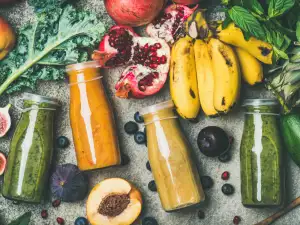







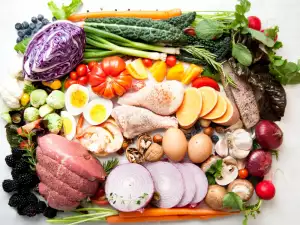
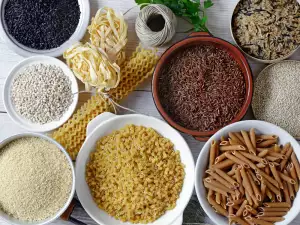
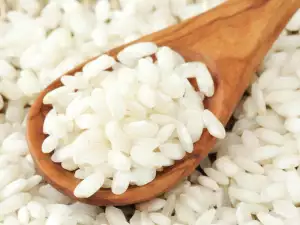
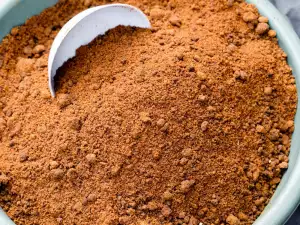






Comments